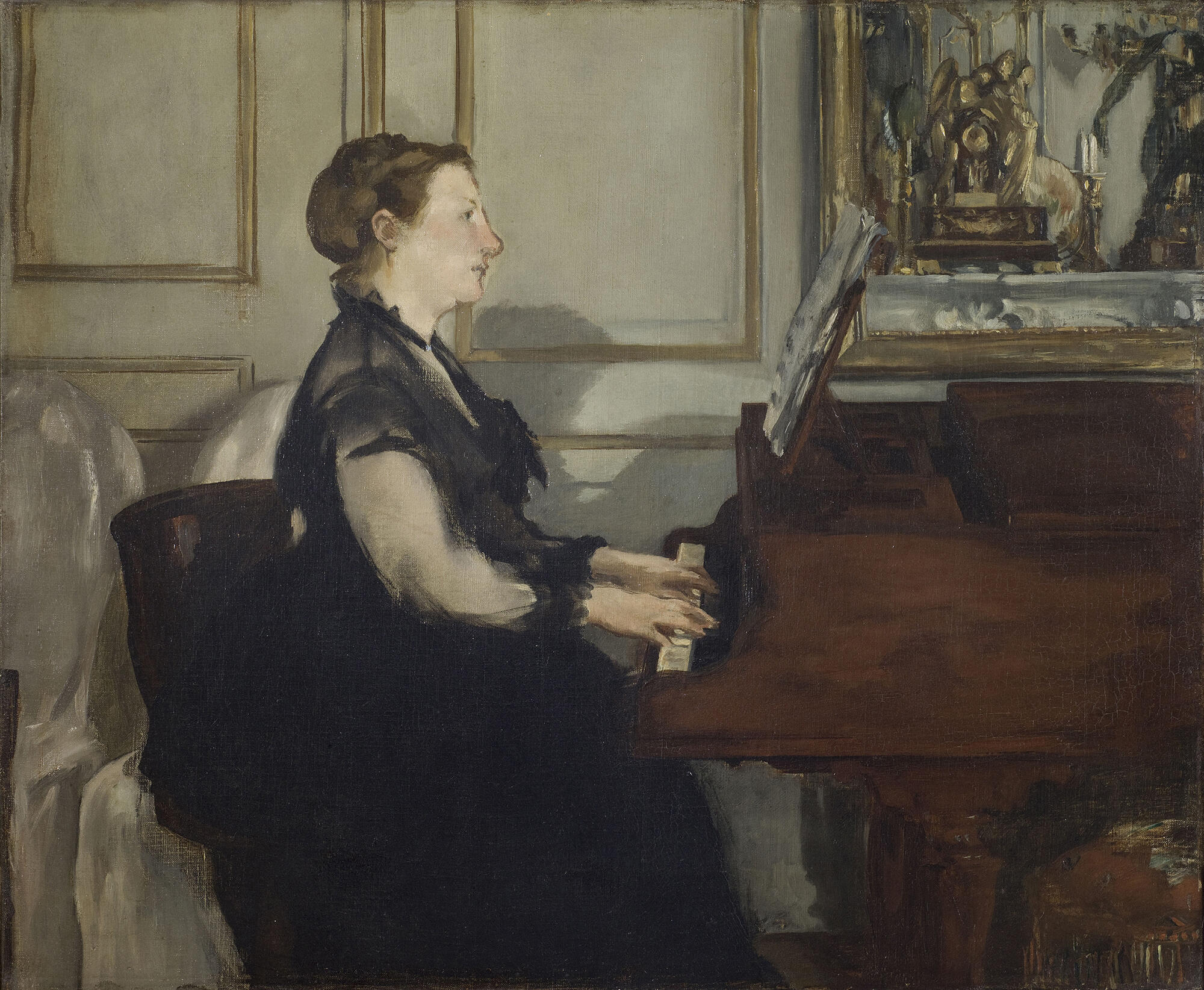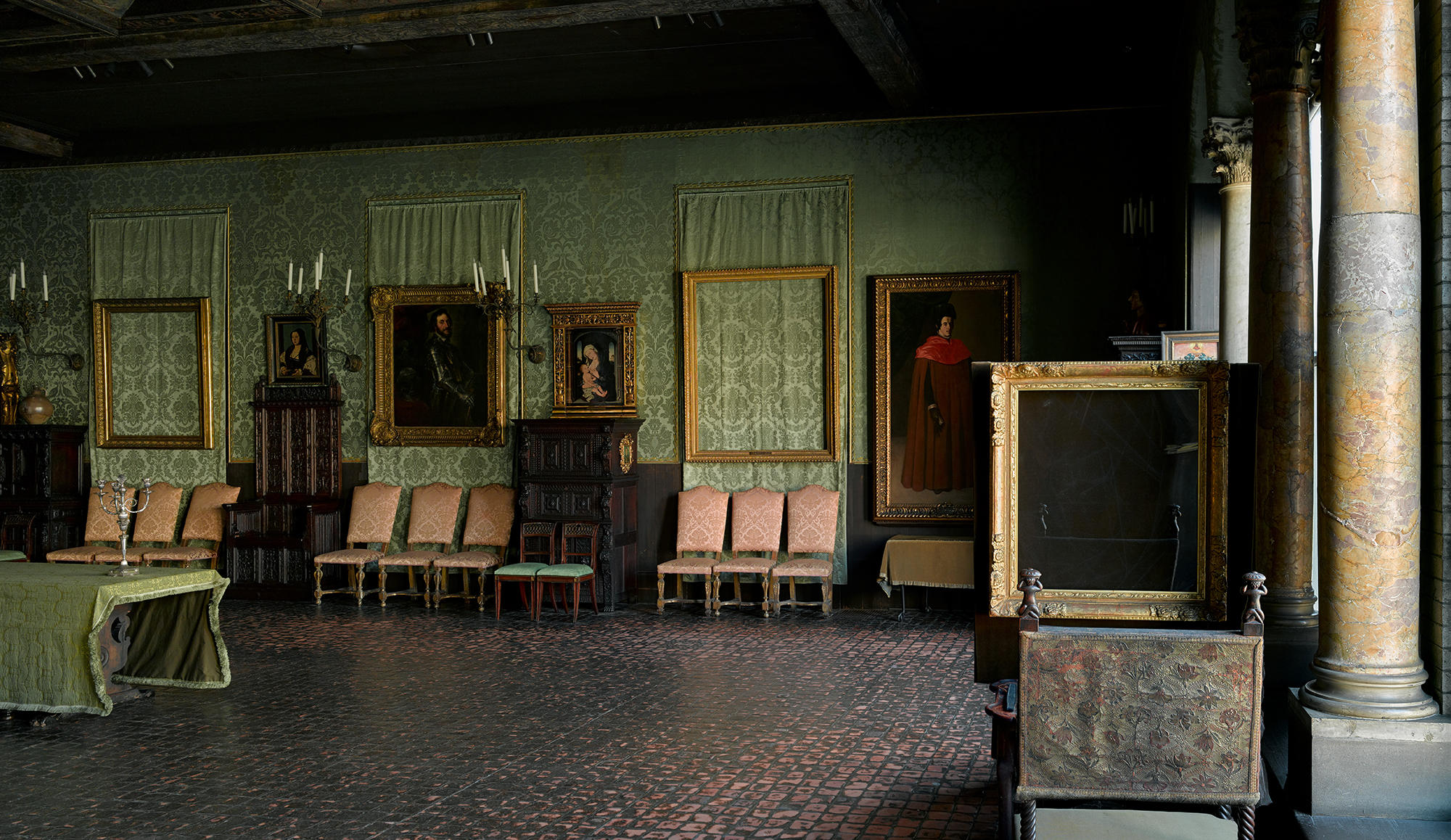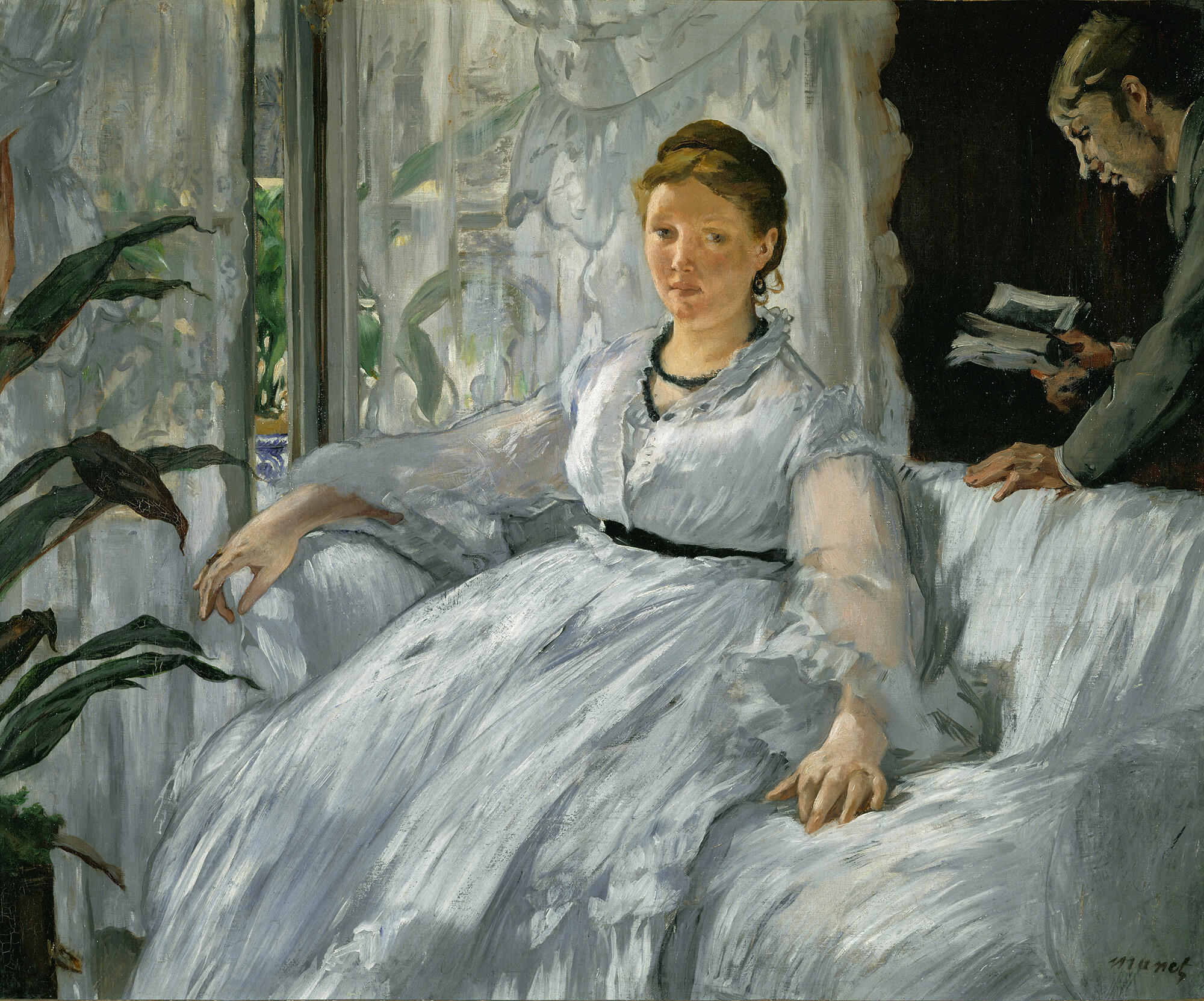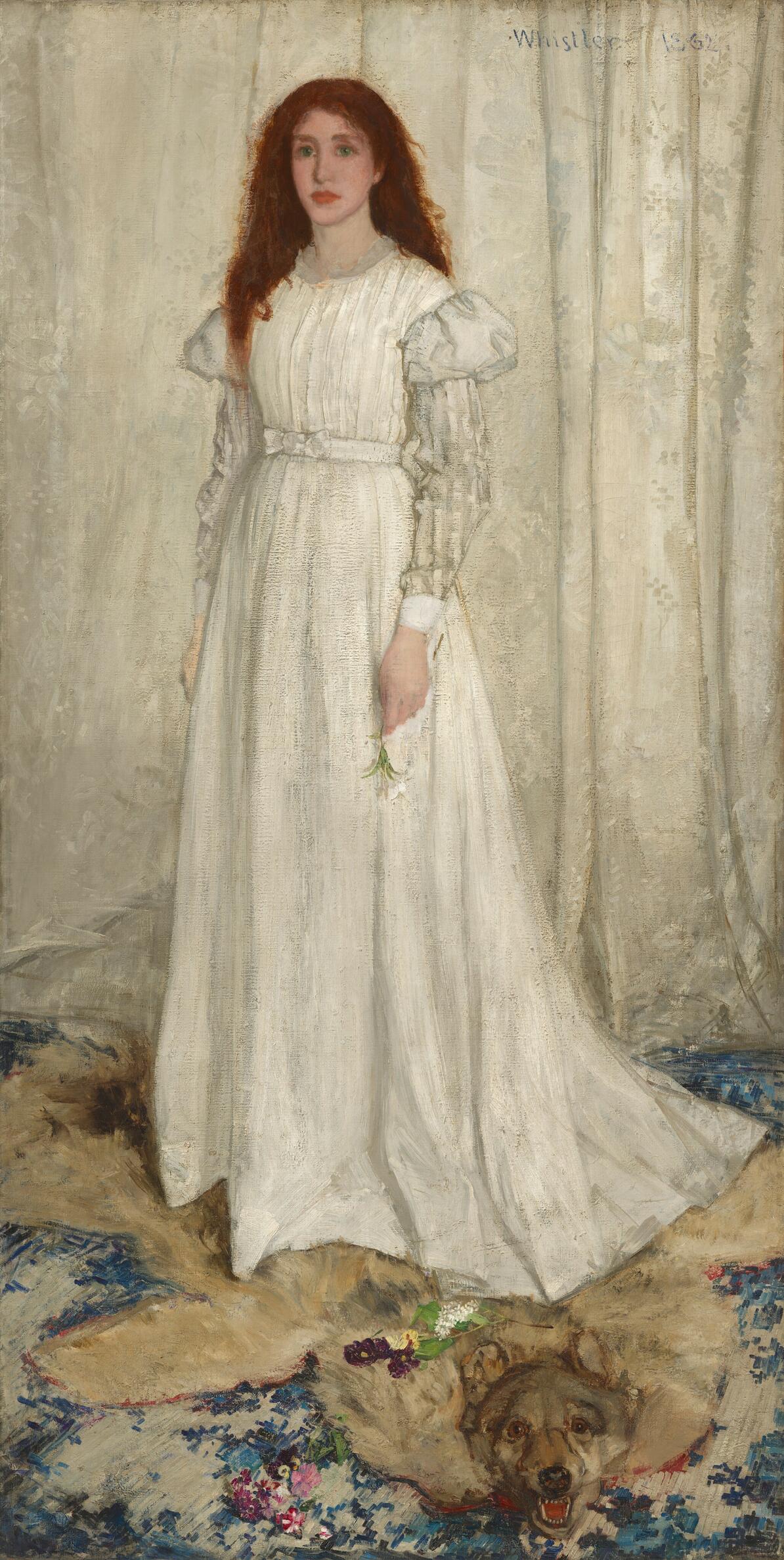From October 10, 2024 to January 20, 2025, the landmark exhibition Manet: A Model Family will be on view at the Isabella Stewart Gardner Museum. Dozens of works by the artist Édouard Manet appear in the show. For one of them, Madame Manet at the Piano (1868), the trip to Boston from the Muséee d’Orsay in Paris highlights unexpected connections with Isabella Stewart Gardner, her close friend, painter James McNeill Whistler, and one of her most important acquisitions: the now-stolen Concert (1663–66) by Johannes Vermeer.

Musée d'Orsay, Paris. © RMN-Grand Palais / Art Resource, NY. Photo: Patrice Schmidt. See it in the special exhibition “Manet: A Model Family,” on view in Hostetter Gallery, October 10, 2024–January 20, 2025.
Édouard Manet (French, 1832–1883), Madame Manet at the Piano, 1868. Oil on canvas, 38.5 x 46.5 cm (15 3/16 x 18 5/16 in.)
How can we trace the relationship between these two masterpieces separated by about two hundred years, as well as the connection to Whistler? It starts with a letter from the spring of 1867, when the art critic Théophile Thoré-Burger wrote to Édouard Manet asking for help.
My dear Manet,
You are close, I believe, to Whistler. What a fine painting: at the Piano, no. 1561! Oh I would very much like to have it, to put in the middle of my old masters.
Would you be kind enough to find out whether the painting still belongs to Whistler and how much he will sell it for.
If the price is not frightening for an artist like me, I shall try to acquire this painting which I would place very well alongside my van der Meer of Delft.
good wishes,
W. Burger
— Etienne Joseph Théophile Thoré (Théophile Thoré-Bürger) to Edouard Manet, Paris, [15 April/May 1867], MS Whistler B212 in MacDonald 2003–2010
An art collector well-known for his study and holdings of seventeenth-century Dutch art, Thoré--Bürger wanted to add a contemporary work to his collection: At the Piano (1858–59, Taft Museum, Cincinnati) by American expatriate artist James McNeill Whistler. Though completed years earlier, Whistler exhibited At the Piano at the 1867 Paris Salon, the principal exhibition venue in nineteenth-century France. At the Salon, Thoré--Bürger spotted it and asked Manet—a friend of Whistler’s since 1861—to help him acquire it. Though he lived and trained in Paris for a number of years, Whistler had since settled in London, and the collector relied on Manet for an introduction. Though the acquisition was not successful, surviving correspondence proves that Manet not only saw Whistler’s painting but was involved in negotiations around its sale.

Taft Museum of Art, Cincinnati. Bequest of Louise Taft Semple. Photo: Courtesy of the Taft Museum of Art, Cincinnati, OH. Tony Walsh Photography
James McNeill Whistler (American, 1834–1903), At the Piano, 1858–1859. Oil on canvas, 67.3 x 93.3 cm (26 ½ x 36 ¾ in.)
Manet completed Madame Manet at the Piano just one year later, a painting that bears a striking resemblance to Whistler’s At the Piano. Both works feature a woman in profile wearing black, playing the piano in a gilded, white paneled interior. Whistler’s larger painting includes a young girl listening to the piano, whereas Manet’s has a cropped focus on the piano player alone, his wife Suzanne. He also added a personal detail: the clock on the mantle was a wedding gift to his mother from the King of Sweden.
Madame Manet at the Piano responds to several contemporary paintings including an ongoing artistic dialogue with Whistler—a dialogue that seems to have centered around Suzanne. Manet’s Reading (about 1868–1873)—a beautiful image of his wife clothed in white that you can also see in Manet: A Model Family—may have been inspired by Whistler’s landmark Symphony in White, No. 1: The White Girl (1861–1862, National Gallery of Art, Washington).
In Whistler’s work, Thoré-Burger saw aesthetic resonances with his collection of Dutch paintings. His letter indicates he wanted to buy and install Whistler’s among his “old masters,” specifically “my van der Meer of Delft”—now better-known as Johannes Vermeer (1632–1675). Thoré-Bürger owned three Vermeer paintings of women playing keyboard instruments: A Young Woman standing at a Virginal (1670–1672, National Gallery London), A Young Woman seated at a Virginal (1670–1672, National Gallery London) and, The Concert, which would later become Isabella Stewart Gardner’s first major art purchase. Whistler’s painting would be at home amongst these works since he may have, in fact, been inspired by The Concert. The painting was offered for sale in London in 1860 and was likely held in that city from the 1830s until Thoré-Bürger acquired it around 1867. Whistler lived and worked in the British capital when he painted At the Piano in 1858–1859. He may well have seen it.

Isabella Stewart Gardner Museum, Boston (P21w27). Stolen in 1990.
Johannes Vermeer (Dutch, 1632–1675), The Concert, 1663–1666. Oil on canvas, 72.5 x 64.7 cm (28 9/16 x 25 1/2 in.)
Returning to Madame Manet at the Piano, was Manet aware of his friend Whistler’s Dutch inspiration? Did he also see the Vermeer piano scenes—including The Concert—when they were added to Thoré-Burger’s collection and before painting Madame Manet at the Piano? In and around this failed acquisition, there are possibly a series of closer connections between this portrait of Suzanne Manet and Isabella Stewart Gardner than one might expect.
Accordingly, as the museum embarks on a landmark restoration of the Dutch Room, we have chosen to restore the empty frame for The Concert first.

Isabella Stewart Gardner Museum, Boston (P21w27)
French, Frame for Vermeer's The Concert, 1650–1700. Gilded wood

